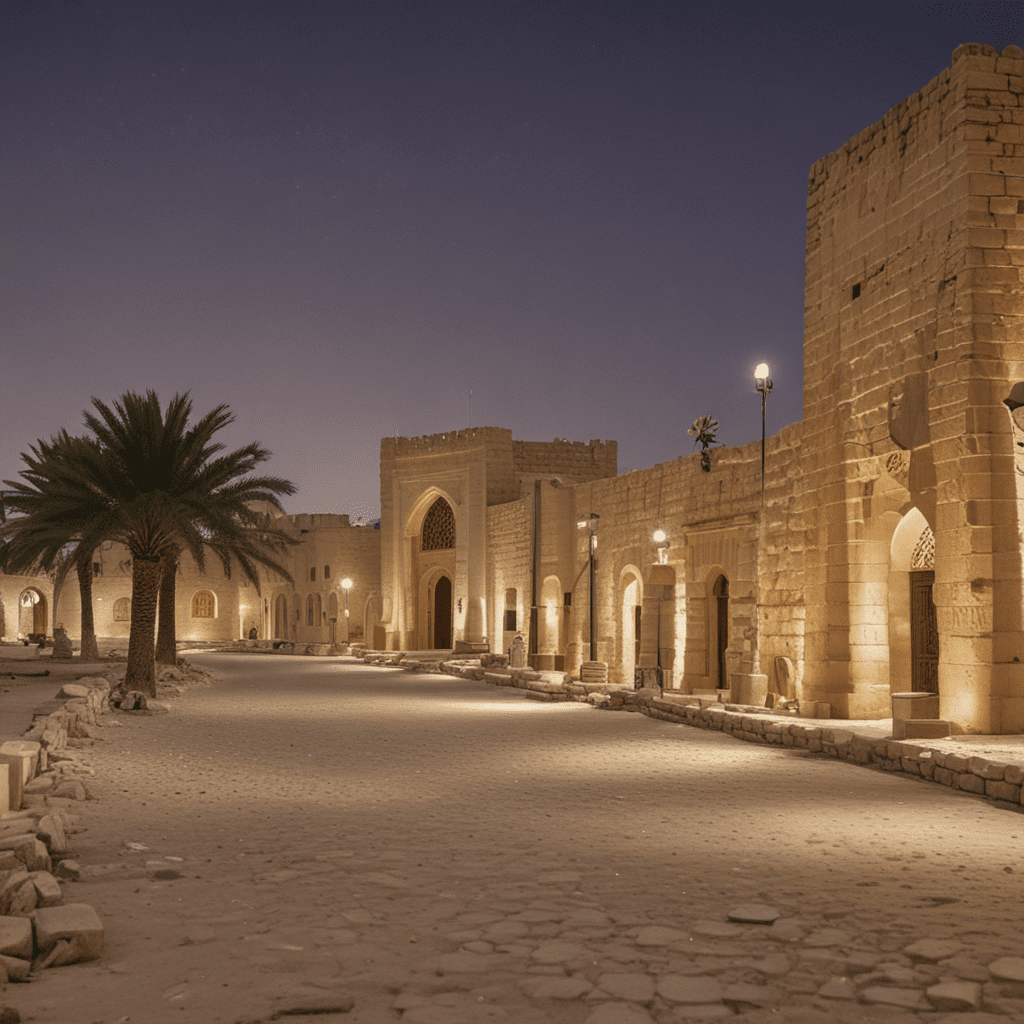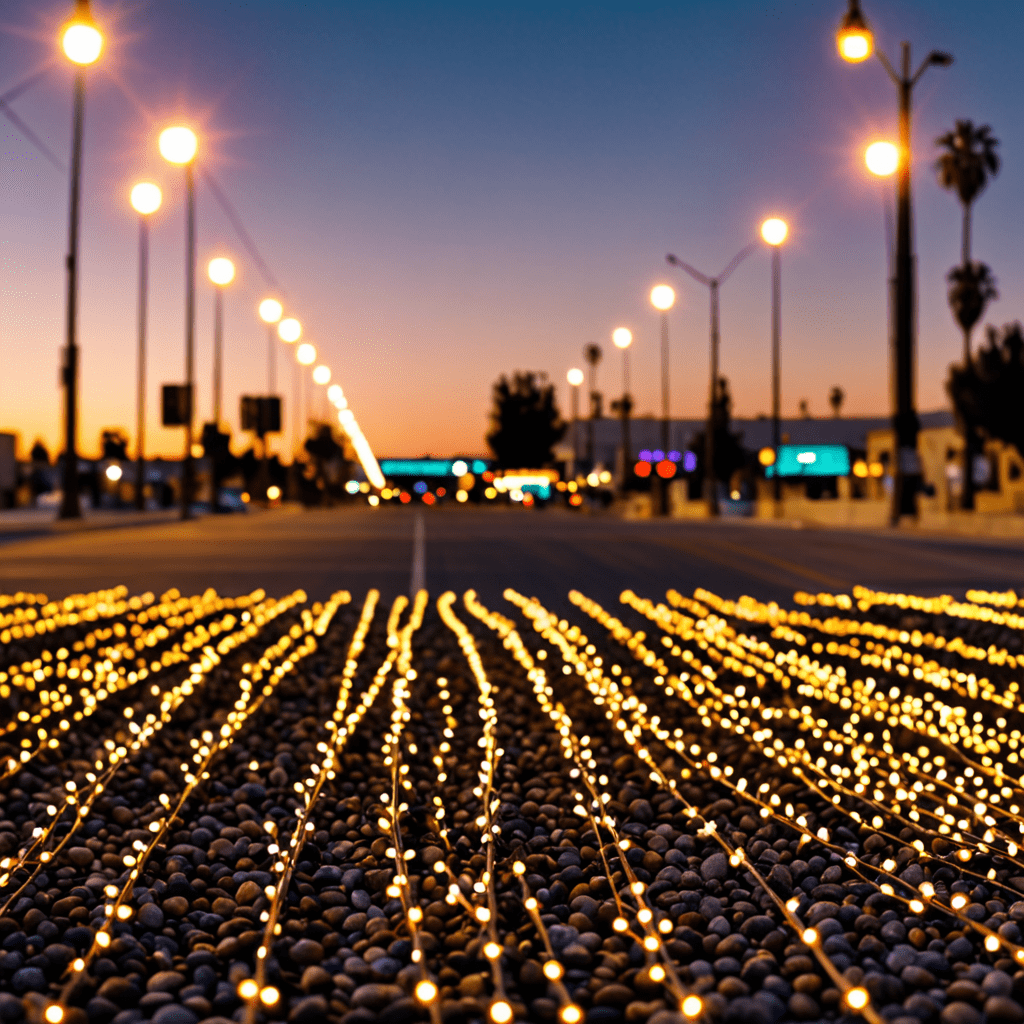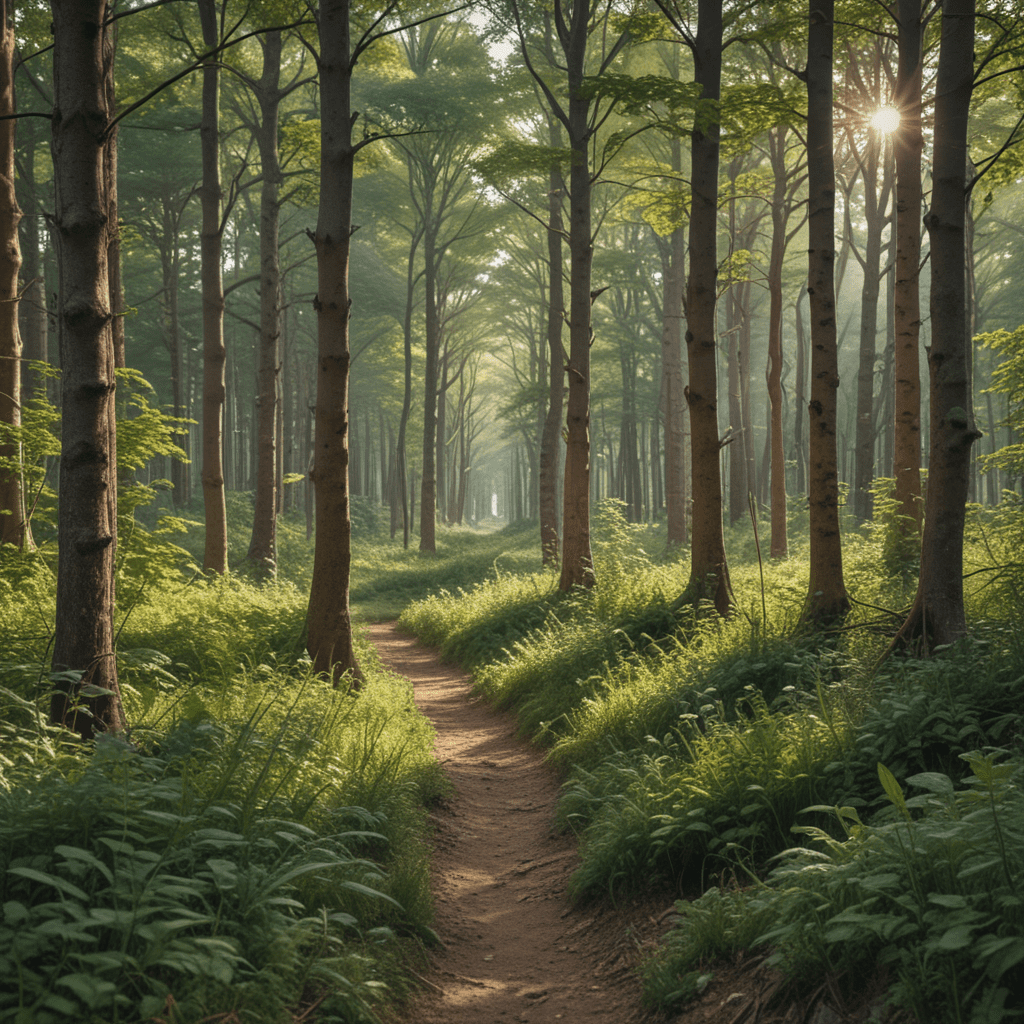
Exploring Bahrain's Rich History Through Archaeological Sites
1. Introduction
Bahrain, a small island nation in the Persian Gulf, boasts a rich history dating back thousands of years. Its strategic location at the crossroads of ancient trade routes has made it a melting pot of civilizations, leaving behind a legacy of archaeological treasures that provide a glimpse into Bahrain's fascinating past. This article explores some of the most significant archaeological sites that showcase Bahrain's historical and cultural heritage.
2. Bahrain Fort: A UNESCO World Heritage Site
Bahrain Fort, also known as Qalat al-Bahrain, is a UNESCO World Heritage Site that stands as a testament to the country's ancient past. Dating back to the 16th century, the fort served as the main defensive structure for the Portuguese, who occupied Bahrain for nearly a century. The fort's impressive walls and towers, along with its well-preserved Portuguese architecture, make it a popular tourist destination and a symbol of Bahrain's historical significance.
3. Dilmun Burial Mounds: Mysteries of an Ancient Civilization
The Dilmun Burial Mounds, located in the northern part of Bahrain, are a series of ancient burial sites that date back to the Dilmun civilization, which flourished in the region for over 2,000 years. The mounds, which are believed to have been used for collective burials, provide valuable insights into the funerary practices and beliefs of this ancient culture. Excavations at the site have revealed a wealth of artifacts, including pottery, jewelry, and tools, shedding light on the daily life and social customs of the Dilmun people.
4. Qal'at Al Bahrain: The Capital of Dilmun
Qal'at Al Bahrain, situated on the northern coast of Bahrain, is the archaeological site of the ancient city of Dilmun, which was the capital of the Dilmun civilization. The site has yielded significant archaeological discoveries, including the remains of temples, palaces, and residential buildings. The excavations have uncovered a rich collection of artifacts that provide a comprehensive understanding of Dilmun's political, economic, and cultural life. The site is a testament to the advanced civilization that existed in Bahrain thousands of years ago.
5. Barbar Temple: A Sanctuary of Ancient Worship
The Barbar Temple, located in the village of Barbar, is an ancient religious site that dates back to the 3rd millennium BC. The temple, which is dedicated to the god Enki, was a major center of worship for the Dilmun people. Archaeological excavations at the site have revealed the remains of a large temple complex, including an altar, a sanctuary, and a courtyard. The temple also features numerous artifacts, such as votive offerings, sculptures, and pottery, that provide valuable insights into the religious beliefs and practices of the Dilmun civilization.
6. Tree of Life: A Symbol of Resilience and Mystery
The Tree of Life, situated in the heart of the Bahraini desert, is a mysterious and awe-inspiring natural phenomenon. Believed to be over 400 years old, this lone Prosopis cineraria tree stands tall and majestic, its roots deep in the barren sands. The tree has become a symbol of resilience and a source of wonder for locals and visitors alike. Despite the harsh conditions, the Tree of Life continues to thrive, its presence a testament to the enduring spirit of life.
7. Muharraq Archaeological Site: Uncovering the Island's Heritage
The Muharraq Archaeological Site, located on the island of Muharraq, is a sprawling site that offers a comprehensive glimpse into Bahrain's rich cultural heritage. The site encompasses the remains of several ancient settlements, including a Dilmun temple, an Islamic fortress, and a Portuguese outpost. Excavations at the site have yielded a wealth of artifacts, including pottery, coins, and weapons, that provide valuable insights into the different civilizations that have inhabited Bahrain over the centuries.
8. Khamis Mosque: The Oldest Standing Mosque in the Gulf
The Khamis Mosque, situated in the village of Khamis, is believed to be the oldest standing mosque in the Gulf region. Dating back to the 7th century AD, the mosque is a testament to the early Islamic presence in Bahrain. The mosque's simple yet elegant architecture, featuring a square prayer hall and a minaret, has been preserved over the centuries, making it a significant historical and religious landmark.
9. Arad Fort: A Guardian of the Coastline
Arad Fort, perched on the southern coast of Bahrain, is a historical fortress that once played a crucial role in defending the island from invaders. Built in the 15th century, the fort served as a watchtower and a military base for the Portuguese, who occupied Bahrain for nearly a century. The fort's thick walls and sturdy towers have withstood the test of time, providing a glimpse into Bahrain's tumultuous past and its strategic importance as a maritime hub.
10. Al Jasra House: A Window into Traditional Bahraini Life
Al Jasra House, located in the village of Jasra, is a traditional Bahraini house that has been converted into a museum. The house provides a glimpse into the traditional lifestyle and architecture of the people of Bahrain. The house's courtyard, wind tower, and intricately decorated rooms offer a unique opportunity to experience the culture and heritage of Bahrain firsthand.


